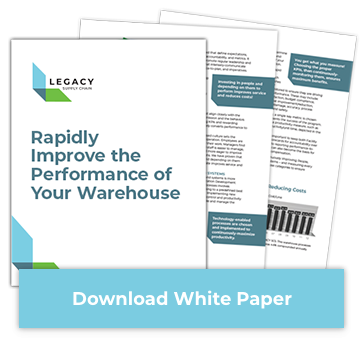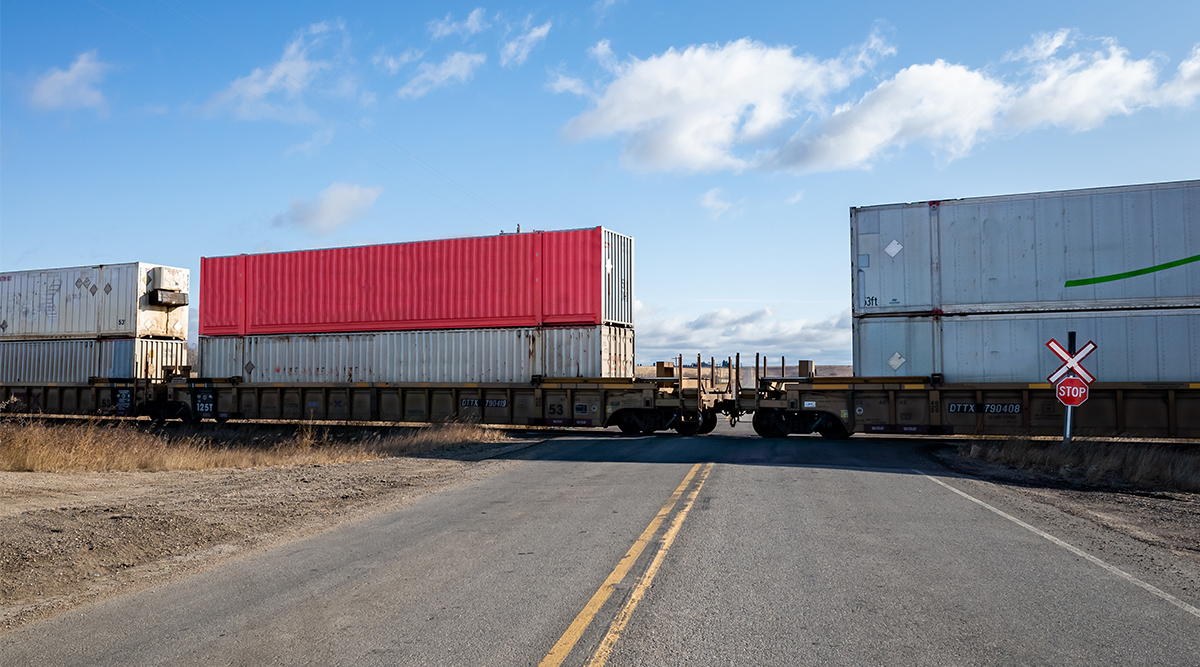Warehouse Distribution Centers: How Lean Practices Can Drive Savings
Lean practices drive cost savings for many companies’ fulfillment warehouse operations. Every warehouse manager is concerned with improving performance, measuring and managing to a set of KPIs is one of the best ways you can set your warehouse up for success.
Lean practices are based on the principles of elimination of waste and continuous improvement, with the belief that honing the system even in small efficiencies will add up to significant cost savings over time. The volume of goods handled each day in a warehouse distribution center is such that even a small improvement in per-item pick time or packing time becomes visible very quickly.
Download the Whitepaper: Fighting Against Excess >
We believe the key to successful Lean programs in a warehouse distribution center is to engrain it as part of the culture. A culture of improving warehouse and distribution center efficiency includes employees from the top down:
- observing transactional-level details from receipt to delivery
- defining a set of KPIs tailored to the client
- and actively involved in processes to continuously monitor and improve
Safety and cleanliness are always key priorities throughout the warehouse and best practices are integrated throughout the distribution center and at each level of management.
If you want to replicate this Lean methodology in your own warehouse distribution center, here are the steps to do so:
Take Inventory of the Process
You’re no doubt familiar with taking inventory in your distribution center, but taking inventory of your process is another tactic altogether. Set aside a week to observe the process. This is most effective if you have the process overseen by an outside party, like an experienced supply chain engineer. Experts from outside of your warehouse will be able to see problems more clearly and notice areas for improvement. Oftentimes, they will notice things that a warehouse manager who sees it happening every day might not.
This observation from delivery of goods to final distribution out of the warehouse might be a formal Lean Action Workout and might include Kaizen Blitz or other proven methods of identifying waste, or they may include observing and interviewing managers of each department of the warehouse to get a clear picture of the day-to-day. Our experience with implementing strong distribution center KPIs generally start with and Lean Action Workout.
Prioritize Safety and Cleanliness
Safety should be of utmost importance in a warehouse. The potential for injury results not only in a dangerous situation for warehouse workers, but also a huge cost liability for distribution centers in workers compensation claims, missed time by injured workers, training costs for temporary or permanent replacements, etc. A warehouse safety checklist should be in effect for every employee in a distribution center.
Learn How To Keep Your Warehouse Safe – Read More >
Never underestimate the cost impact of cleanliness. Clean warehouses are not only safer, but when kept organized, a space can be run more efficiently and with less waste. Cleanliness is a cornerstone of Lean warehouse practices, and can be one of the easiest ways to keep your costs in check.
Define KPIs
Key Performance Indicators, or KPIs, will be different for every distribution center. Depending on the type of goods, the layout of the warehouse, etc., the KPIs for your warehouse will be slightly different from others in various ways. However, there are some KPIs that remain the same for nearly all warehouse distribution centers, so you should carefully consider each of these standard supply chain warehousing metrics:
- Carrying Cost of Inventory
- Inventory Turnover
- Order Tracking & Accuracy
- Inventory to Sales Ratio
- Units per Transaction
- Rate of Return
- Inventory Accuracy
- Back Order Rate
- Perfect Order Rate
Measure and Adjust
Once you have established your core KPIs, you must implement constant measurement and analysis, with room for adjusting the process wherever needed to improve any KPI that is in need of improvement. Warehouse managers that have clear metrics as goals are empowered to make changes necessary to improve their distribution center operations.
Another key Lean warehousing practice is holding frequent stand-up meetings with key management to review daily and weekly KPIs. These efficient meetings are keys to success in a warehouse focused on continual improvement. Focusing on specific metrics like the KPIs listed above will allow each link in the distribution center supply chain the chance to make a small improvement. And these small improvements are what add up over time to a warehouse that saves on unnecessary costs and improves its bottom line.
If you’re interested in implementing proven performance into your warehouse or distribution center, please contact one of our supply chain experts today.
-
Tariff Update: Where things are heading next
The buzz around tariffs has settled down over the last few weeks. Progress is being made in many areas, so the purpose of today’s post is...
+ Read more -
Successful 3PL-Customer Relationship – 6 Cornerstones
Hiring a third-party logistics (3PL) provider is a strategic approach for businesses to increase their capacity without expanding their...
+ Read more -
Canadian Rail Strike? – What We Know So Far
On May 1st, CN (Canadian National Railway) and CPKC (Canadian Pacific Kansas City) rail workers voted overwhelmingly to authorize a strike...
+ Read more





